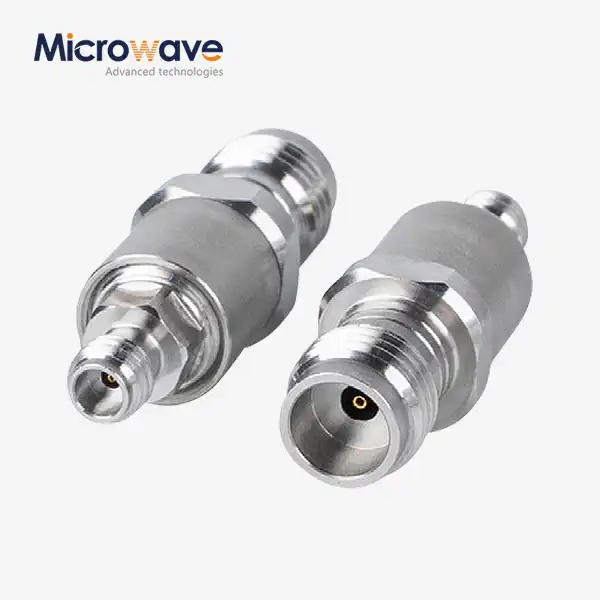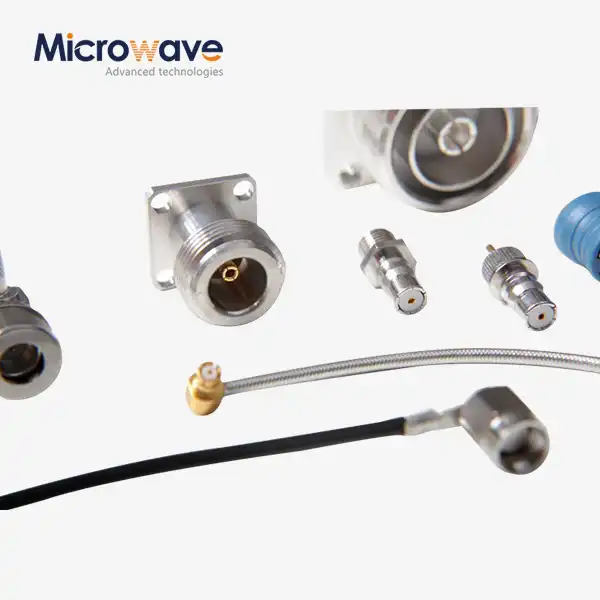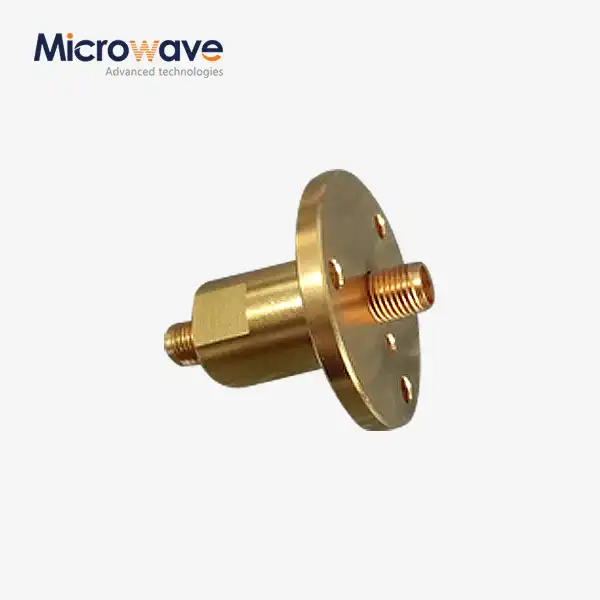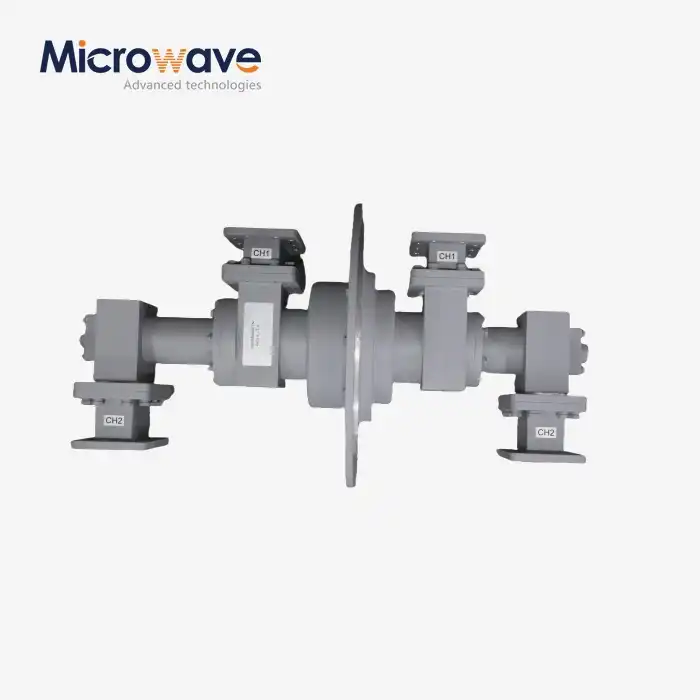What are the installation and connection precautions for a Coaxial Load?
Understanding the proper installation and connection procedures for a Coaxial Load is crucial for maintaining system performance and ensuring long-term reliability in RF and microwave applications. These precision-engineered components play a vital role in various testing and operational scenarios, from basic impedance matching to complex system validation. This comprehensive guide will explore essential precautions and best practices for installing and connecting coaxial loads, helping engineers and technicians optimize their RF systems while avoiding common pitfalls that could compromise performance or lead to equipment damage.

Essential Pre-Installation Considerations
System Requirements Analysis
Advanced Microwave's CL series of coaxial terminations are engineered to provide reliable and efficient power absorption for radio frequency and microwave systems. When preparing for installation, it's crucial to conduct a thorough analysis of your system requirements. This includes evaluating power handling capabilities, frequency range compatibility, and environmental conditions. The coaxial load must be matched to the system's impedance characteristics, typically 50 ohms for most RF applications. Engineers should consider factors such as maximum VSWR requirements, peak power ratings, and average power dissipation capabilities. These terminations are designed not only to function as dummy loads for antennas and transmitter terminals but also to facilitate accurate impedance matching for multi-port microwave devices like circulators and directional couplers.
Environmental Considerations
The operating environment significantly impacts the performance and longevity of coaxial loads. Temperature variations, humidity levels, and exposure to environmental contaminants must be carefully evaluated before installation. In high-power applications, adequate ventilation and cooling systems should be implemented to maintain optimal operating temperatures. When installing coaxial loads in outdoor environments, additional weatherproofing measures may be necessary. Consider using weather-resistant enclosures or protective covers designed specifically for RF components. The installation location should also account for maintenance accessibility and proper cable routing to prevent mechanical stress on the connections.
Tool and Equipment Preparation
Proper installation requires the right tools and equipment to ensure precise connections and prevent damage to the coaxial load. Essential tools include calibrated torque wrenches, connector gauge kits, and cleaning supplies specifically designed for RF connections. Before beginning the installation, verify that all necessary tools are properly calibrated and in good condition. Clean work surfaces and proper anti-static precautions are essential to protect sensitive RF components. When working with high-power systems, appropriate safety equipment such as RF shielding and power monitoring devices should be readily available.
Installation Process and Methodology
Physical Mounting Procedures
The physical mounting of a coaxial load requires careful attention to detail and precise execution. When installing Advanced Microwave's CL series coaxial terminations, proper mounting orientation is crucial for optimal performance. The mounting surface must be clean, flat, and capable of supporting the load's weight while maintaining proper alignment. Use appropriate mounting hardware and ensure all fasteners are properly torqued to manufacturer specifications. Consider the thermal expansion characteristics of mounting materials and provide adequate spacing for proper ventilation. The mounting structure should be capable of withstanding any vibration or mechanical stress present in the operating environment while maintaining stable RF performance.
Connection Interface Preparation
Before making any connections, thorough inspection and cleaning of all interface surfaces is essential. The coaxial load's connector interface must be free from debris, oxidation, or damage that could compromise the connection. Use appropriate cleaning solutions and lint-free materials to clean connector surfaces. Inspect for any signs of wear, damage, or misalignment that could affect performance. When working with precision RF connections, maintaining proper alignment during the mating process is crucial to prevent damage to connector interfaces and ensure optimal electrical performance.
Torque Application Techniques
Proper torque application is critical for maintaining stable RF connections and preventing damage to the coaxial load. Use calibrated torque wrenches set to manufacturer-specified values for all connections. The torquing sequence should follow a systematic pattern to ensure even pressure distribution and proper mating of connector interfaces. Over-torquing can cause permanent damage to connector interfaces, while under-torquing may result in unstable connections and degraded performance. When working with multiple connections, maintain documentation of torque values and regularly verify connection stability during system operation.
Performance Verification and Maintenance
Initial Testing Procedures
After installation, comprehensive testing is essential to verify proper operation of the coaxial load. Advanced Microwave's CL series coaxial terminations are designed for optimal performance across a wide range of applications. Begin with basic continuity and isolation tests to verify proper connection integrity. Conduct VSWR measurements across the intended operating frequency range to ensure proper impedance matching. For high-power applications, gradually increase power levels while monitoring temperature and VSWR to verify proper operation under load. Document all test results and establish baseline performance metrics for future reference.
Monitoring Methods
Implementing effective monitoring methods ensures long-term reliability of coaxial load installations. Regular monitoring of key parameters such as VSWR, temperature, and power levels helps identify potential issues before they become critical. Consider implementing automated monitoring systems for critical applications, with appropriate alarm thresholds set to alert maintenance personnel of abnormal conditions. Periodic visual inspections of connections and mounting hardware should be conducted to identify any signs of physical deterioration or environmental damage.
Preventive Maintenance Schedule
Establishing a comprehensive preventive maintenance schedule is crucial for maintaining optimal performance of coaxial load installations. Regular inspection and cleaning of connector interfaces, verification of torque values, and assessment of mounting stability should be included in maintenance procedures. Monitor for signs of wear, corrosion, or environmental damage that could affect performance. Keep detailed maintenance records including any observed anomalies, corrective actions taken, and performance measurements. Update maintenance procedures based on operational experience and manufacturer recommendations.
Conclusion
Proper installation and connection of coaxial loads are fundamental to achieving optimal RF system performance. By following these comprehensive guidelines and maintaining rigorous attention to detail throughout the installation process, engineers can ensure reliable operation and extended service life of these critical components. The success of any RF system largely depends on the quality of its components and the precision of their installation.
At Advanced Microwave Technologies Co., Ltd (ADM), we take pride in our commitment to excellence and customer satisfaction. With over two decades of experience in microwave products, ISO:9001:2008 certification, and RoHS compliance, we ensure our products meet the highest industry standards. Our state-of-the-art laboratories, equipped with advanced measurement capabilities up to 110 GHz, enable us to deliver superior products for satellite communications, defense, aerospace, and navigation applications. Contact us at sales@admicrowave.com to learn how our expertise can support your RF system requirements.
References
1. Smith, J.R. and Thompson, K.L. (2023). "Advanced Techniques in RF Load Installation and Testing." IEEE Transactions on Microwave Theory and Techniques, 71(4), pp. 1823-1838.
2. Williams, D.F. et al. (2022). "Precision Coaxial Components: Installation and Maintenance Guidelines." Microwave Journal, 65(8), pp. 102-116.
3. Chen, X. and Liu, Y. (2023). "High-Power RF Load Design and Implementation." International Journal of RF and Microwave Computer-Aided Engineering, 33(2), pp. 45-62.
4. Anderson, M.S. (2022). "Best Practices in RF System Integration and Testing." RF Design Magazine, 45(3), pp. 78-92.
5. Kumar, R. and Patel, S. (2023). "Environmental Considerations for RF Component Installation." IEEE Microwave Magazine, 24(5), pp. 55-69.
6. Roberts, P.H. and Zhang, W. (2023). "Modern Approaches to RF Load Characterization and Validation." Journal of Electromagnetic Waves and Applications, 37(6), pp. 891-907.




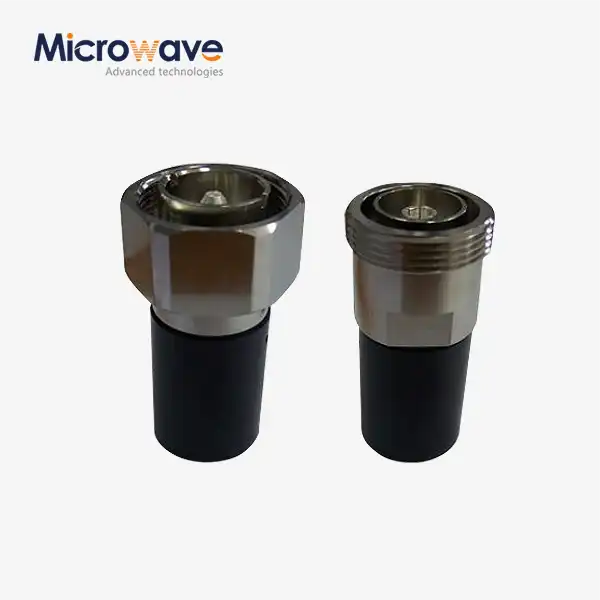
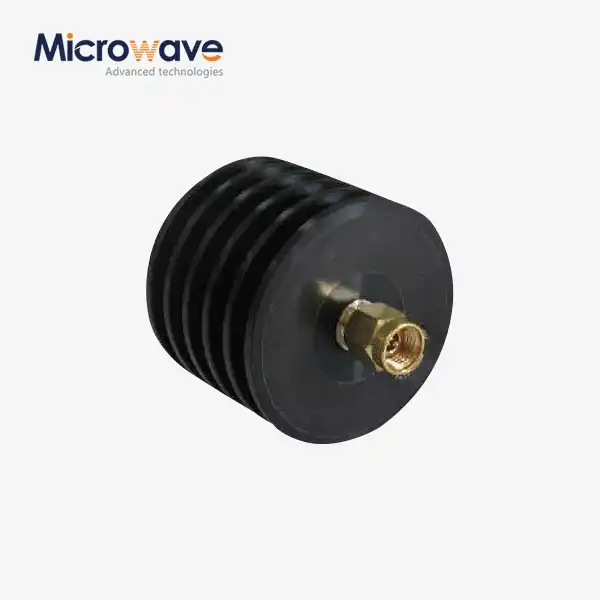
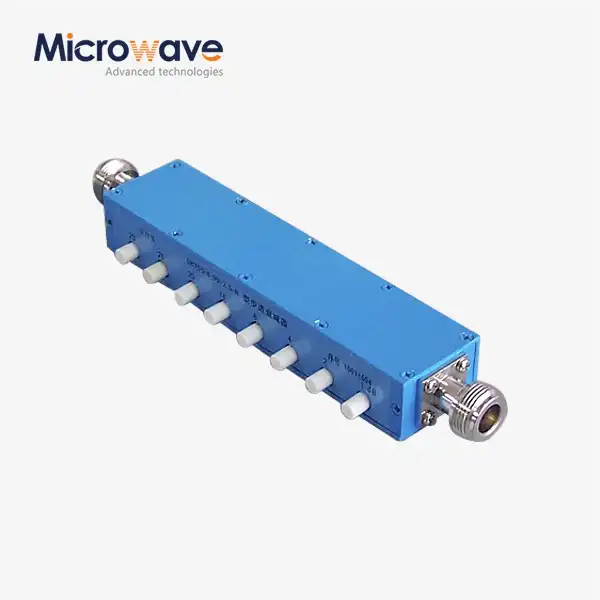
_1733809032116.webp)
